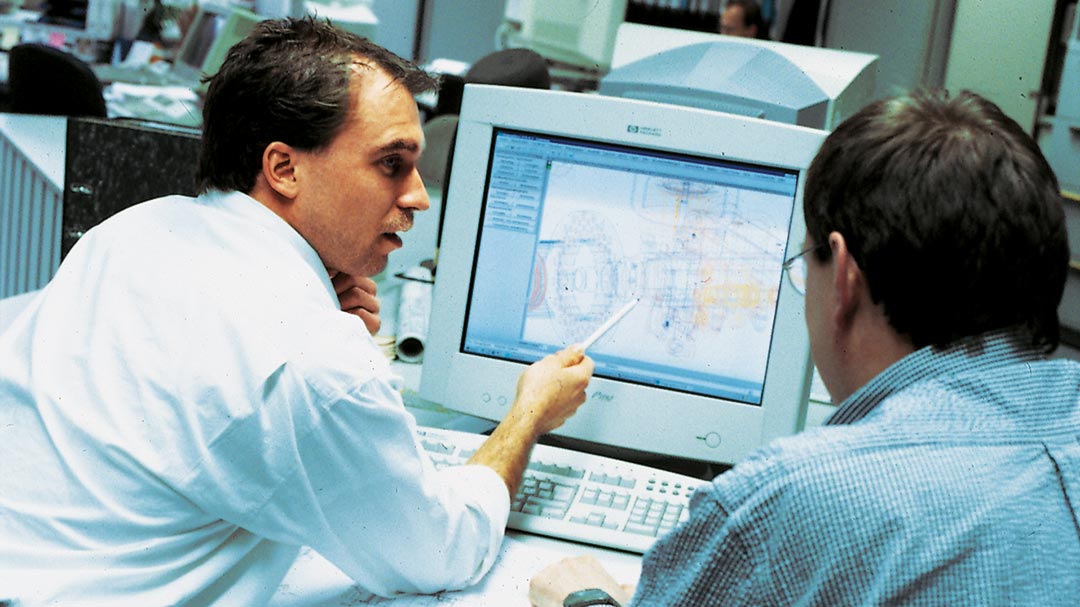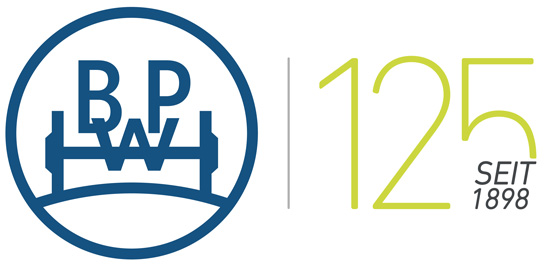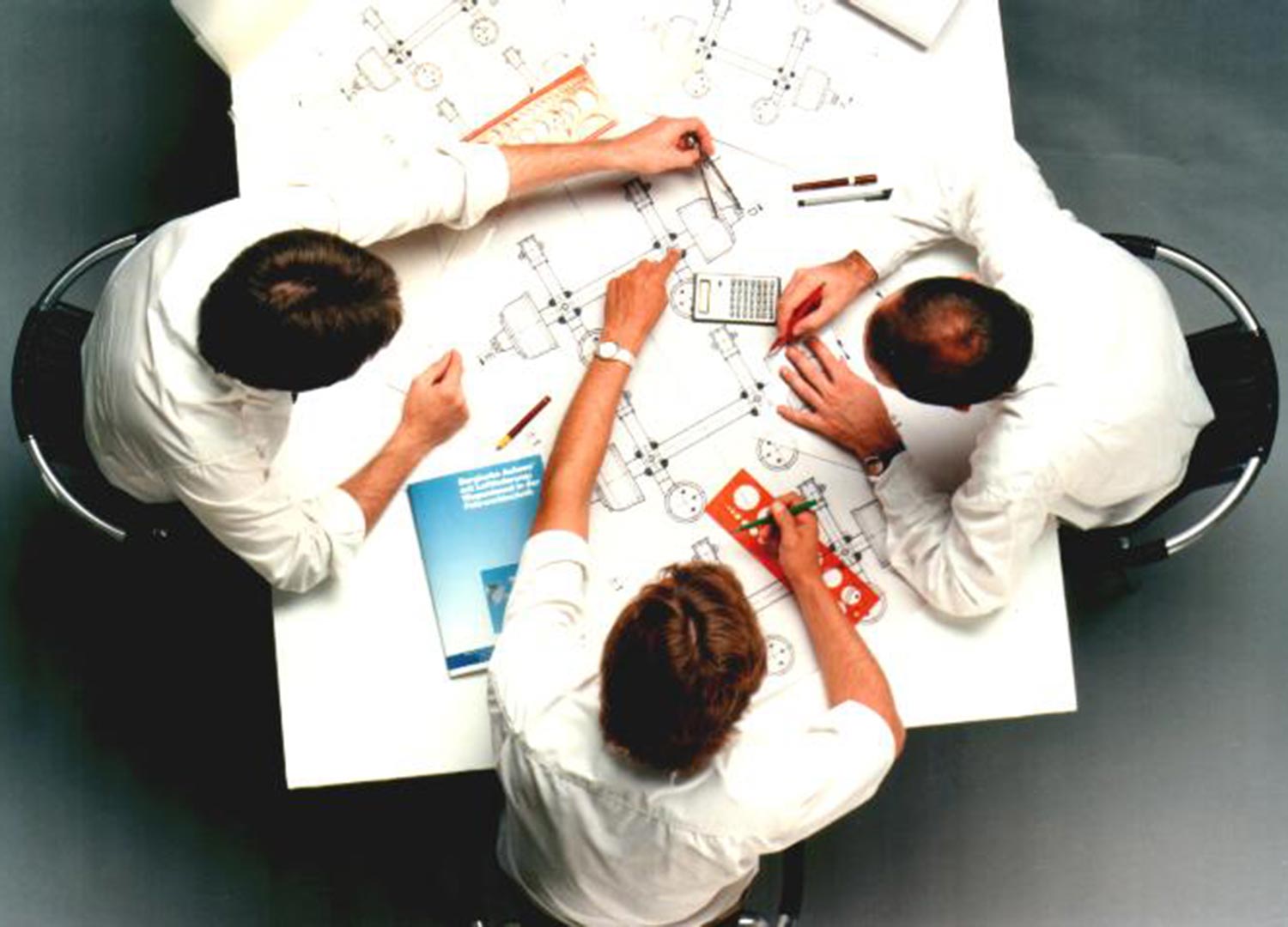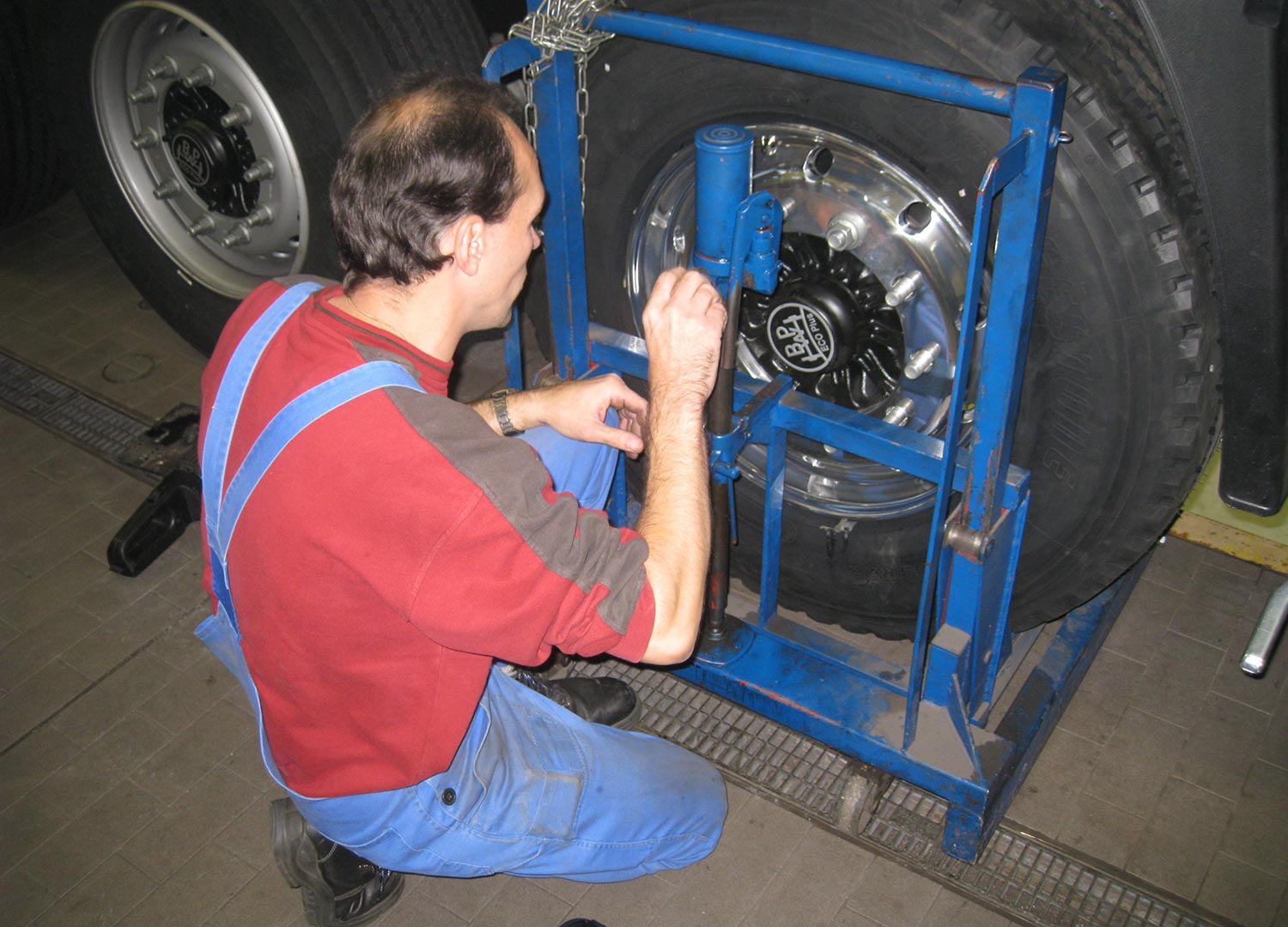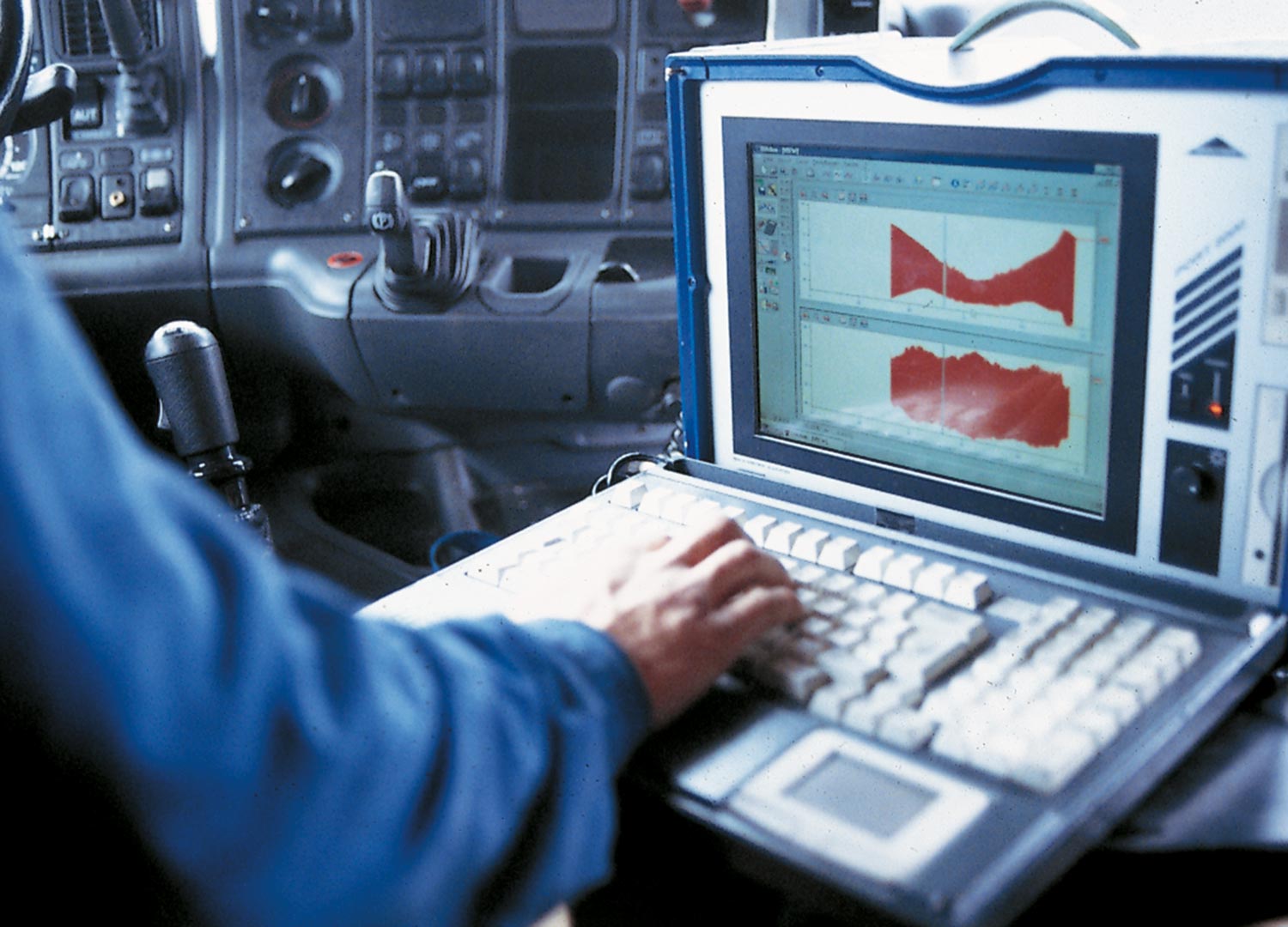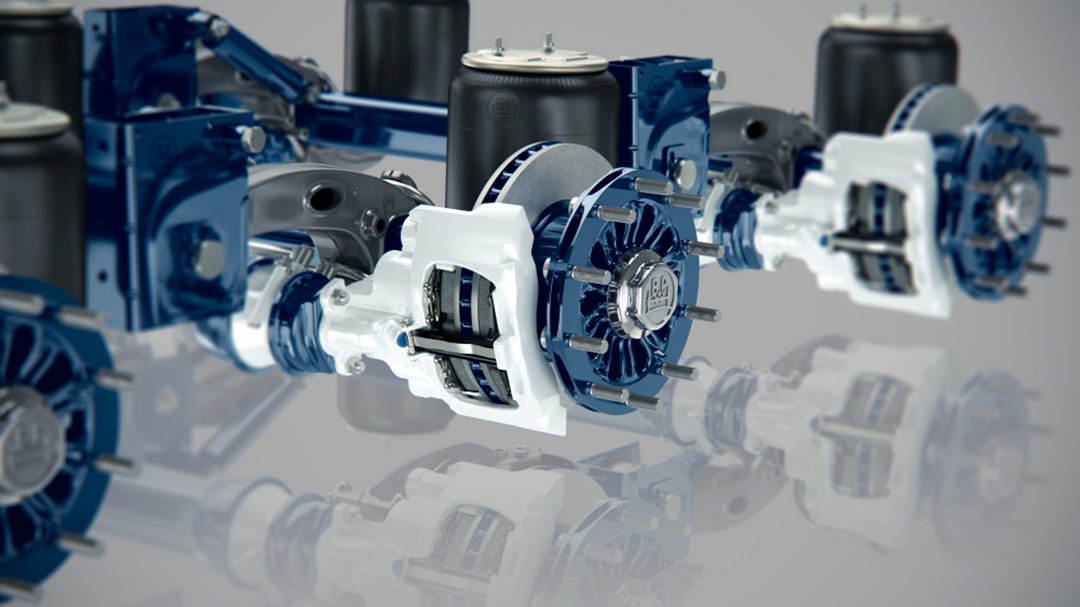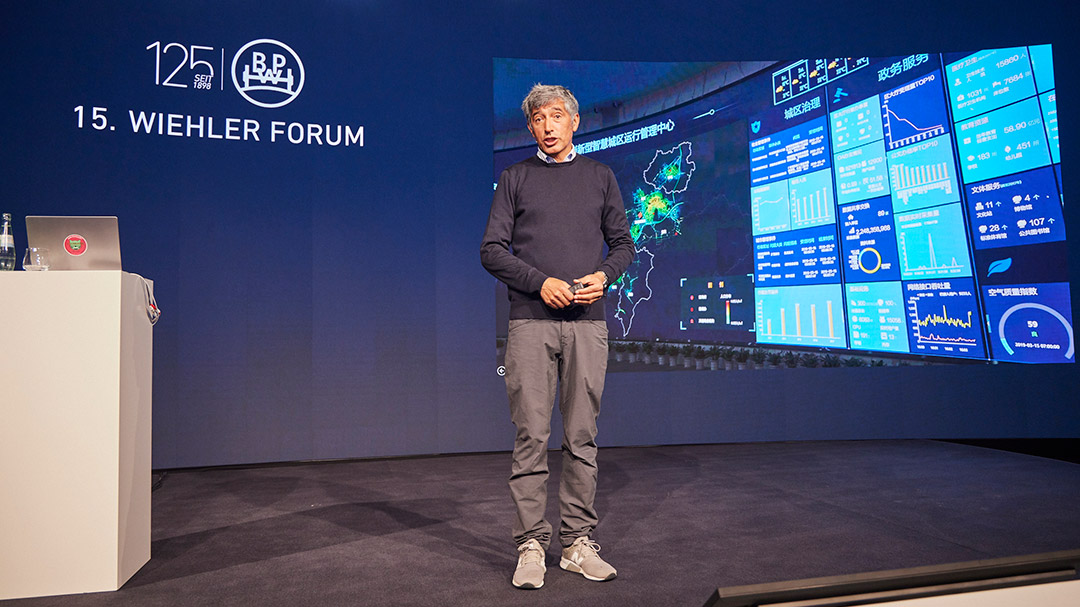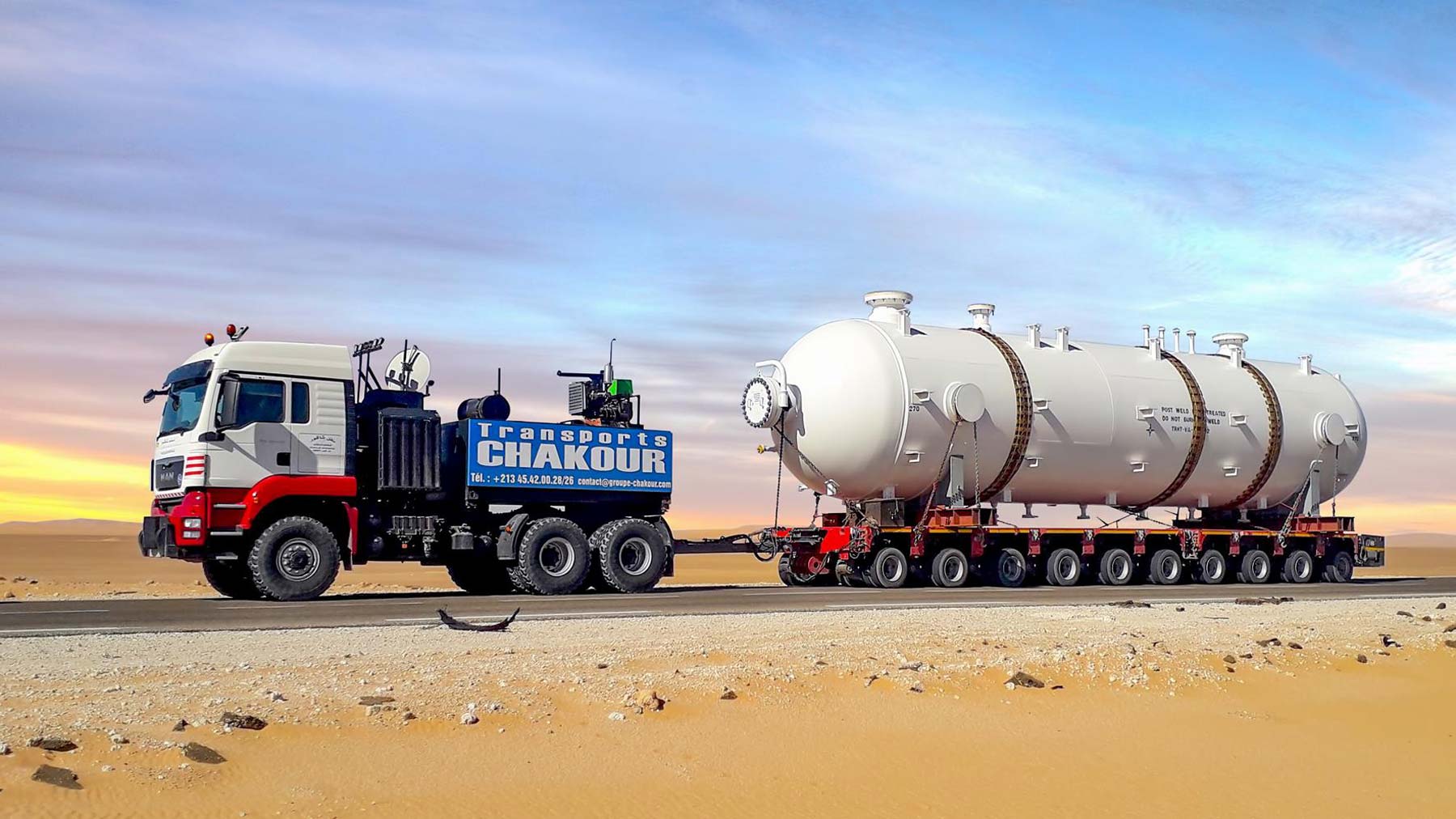Sustainable benefits
The focus continues to be the aim of developing pioneering axles and running gear systems for trailer units and commercial vehicles, which provide sustainable benefits for fleet operators and service centres – both economically and ecologically. To this end, BPW has always placed a strong emphasis on product development, right down to self-developed test benches.
The development team, which currently consists of around 80 people, works on several development projects simultaneously. However, the path from an idea to a series-ready product has continuously changed over the decades: thirty years ago, development engineers stood in white overalls at large drawing boards, realising their creative ideas with pencil and paper. Before that, they even still used ink and parchment paper. Back then, the potential success of new ideas could only be proven through expensive and labour-intensive test drives.
A free space for creativity and inventiveness
Today, digitalisation has fundamentally redefined the development work: the expected results can be precisely calculated in advance today using three-dimensional drawing software and simulation programs. Thanks to the aids available today, the question of the success prospects of constructive ideas can already be answered at an early stage. This provides engineers with a free reign for creativity and inventiveness.
Even if the precise number can hardly be determined today: the 2,000 patents over 125 years originated in Wiehl. Each patent protection expires after 20 years – BPW currently holds 120 valid patents in Europe and beyond. An average of ten new ones are added each year. Most recently, BPW implemented a completely original concept for trailer disc brakes with the ECO Disc TS2, which takes into account the special braking requirements for vehicles with drawbar trailers and semi-trailers.
Setting industry standards and establishing new technology
Of course, development also continues on patented products; this is often even reflected in subsequent patents. Other innovations are so advanced that they continue to be produced after decades with almost no alterations – not only by BPW itself, but also by other market players after the end of the patent protection. In this way, BPW has often been successful in setting new industry standards and establishing new technology in running gear technology. The principle of separated air suspension pistons is an example: the idea came about to prevent the rolling bellows in the air suspension from jamming, a situation which often occurred when semi-trailers were lowered down by railway loading cranes. After patent protection expired, major competitors switched to this technology. However, the product with the experience and know-how of two decades is still only available from BPW.
20 years of exclusive rights to the development
“There is development effort behind every idea under patent protection,” explains Michael Schwarz, Head of Patent and Trademark Law at BPW. “A patent guarantees us exclusive development rights for 20 years. Without this exclusivity, it would be almost impossible to have extensive development projects, as these are generally very expensive and these costs must be reflected in the invention.”

